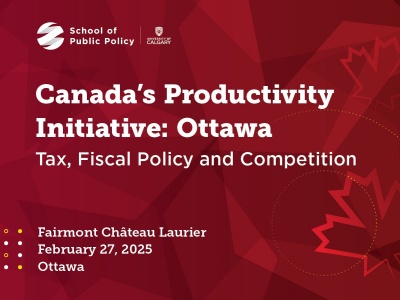Opinion: You want to ease poverty? Tie assistance to local rents

Regardless of whether it is the “occupy” movement, concerns about the wealth and influence of the richest one per cent, or the recent populist attacks on economic institutions in North America and Europe, it is increasingly apparent that we need to do a far better job of addressing persistent poverty. The challenge is how to effectively target scarce resources to that purpose.
Income supports in Alberta are not generous. In fact, for a single person, all income benefits combined amount to only a little over $8,000 per year. And for low-income people, the vast majority of their money is used for just three things: housing, food and utilities. So any fluctuation of the cost of one of those three can have major impacts on the other two.
How governments provide income support to low-income Albertans is odd. The amount of income support that is provided is the same regardless of where in the province one lives. Governments do this even though they know the income support required to meet basic needs varies widely by community because housing costs vary widely. Depending on where a family reliant upon social assistance lives in a province, it may, after paying rent, have very little or considerably more money to pay for other necessities such as food and heat.
In 2017, a lone parent with one child renting a one-bedroom apartment priced at the low-end of the range of rents available in Calgary had to spend an additional $2,220 a year on housing relative to a similar family renting an equivalent property in Medicine Hat. For a couple with two children renting a two-bedroom apartment, the impact is even more severe: The same family had to spend an additional $3,348 a year more to rent in Calgary than in Medicine Hat. Because the amount of social-assistance provided is the same regardless of where families live in the province, these additional housing costs have to be found in the Calgary family’s budget for food, heat and other necessities.
Those working on the problems of poverty and homelessness know that rising housing costs squeeze families with limited incomes. First, the squeeze pushes all non-essentials out of the budget. If rents increase still more, the family’s budget for food and heat get squeezed in order to maintain housing. In the extreme, individuals or families must resort to giving up housing and instead stay with friends or family. This puts them one small step away from homelessness.
An obvious response to these problems is to tie the amount of social assistance income provided to families in need to local rental costs. In our recent report on this issue, Margarita Wilkins and I discuss the benefits and costs of such an approach. The benefits are similar to those claimed for rent control because it protects families from the impact of rent increases. But whereas rent control has the effect of reducing the supply of rental housing as landlords pull out of the rental market, our approach would help increase the supply of rental units: as more families can afford to rent, more properties will come on the market. This proposal also makes it easier for social-assistance recipients to move to communities where employment prospects are more plentiful without worrying about higher rental costs making the move unaffordable.
But what of the costs? This approach is surprisingly affordable. Wilkins and I calculate that the cost of shifting all families on social assistance in Alberta to a program of income support adjusted to their local rental market to be $200 million a year. That is less than one per cent of Alberta’s health budget. But we should expect improved health outcomes and a fall in the demand for homeless shelters and other emergency housing supports, both of which will yield large savings. Our proposal is an effective way of targeting income support to individuals and families having to deal with higher local housing costs. Effectively supporting families in need is, after all, what a social-assistance system is meant to do.
Prof. Ron Kneebone is scientific director of social policy and health at the School of Public Policy, University of Calgary.
Source: Calgary Herald


